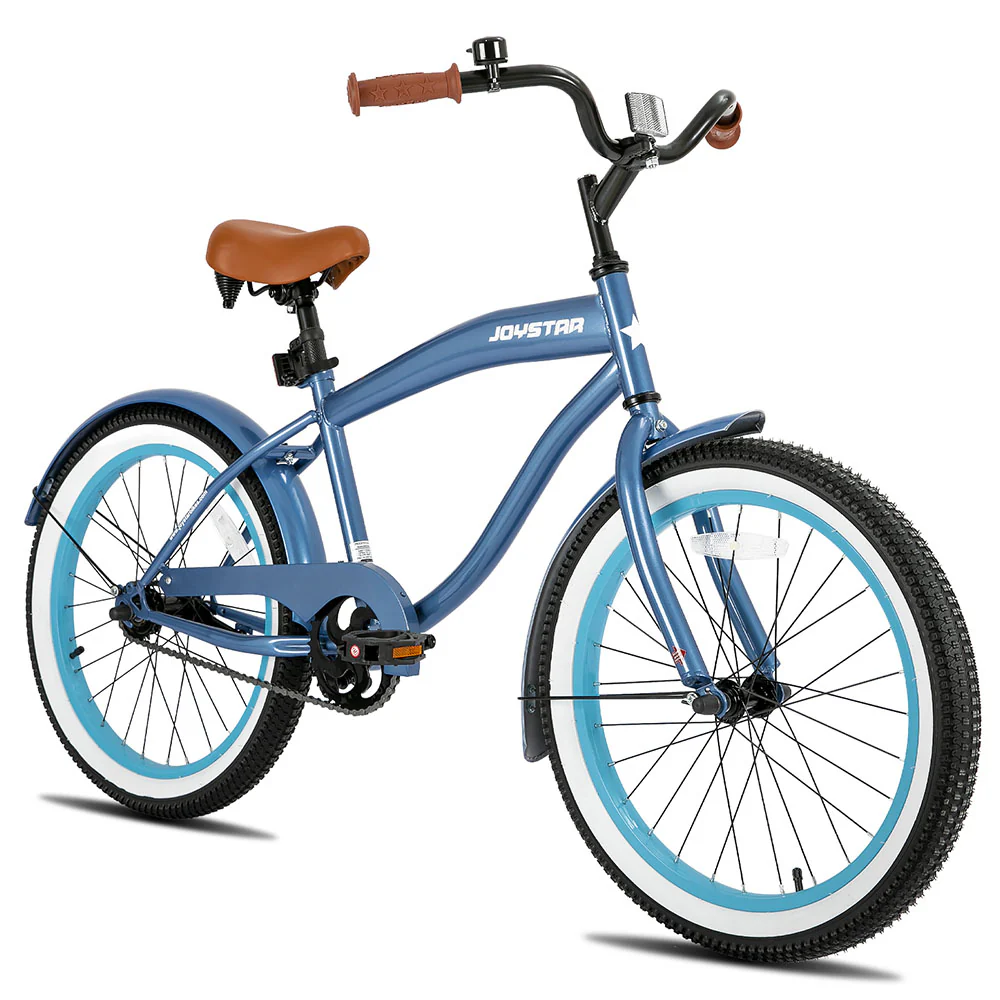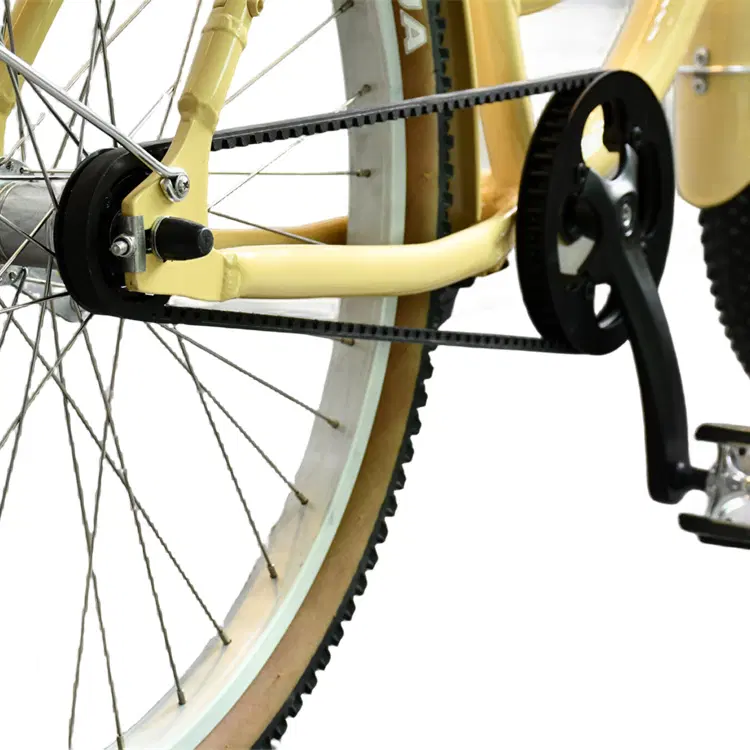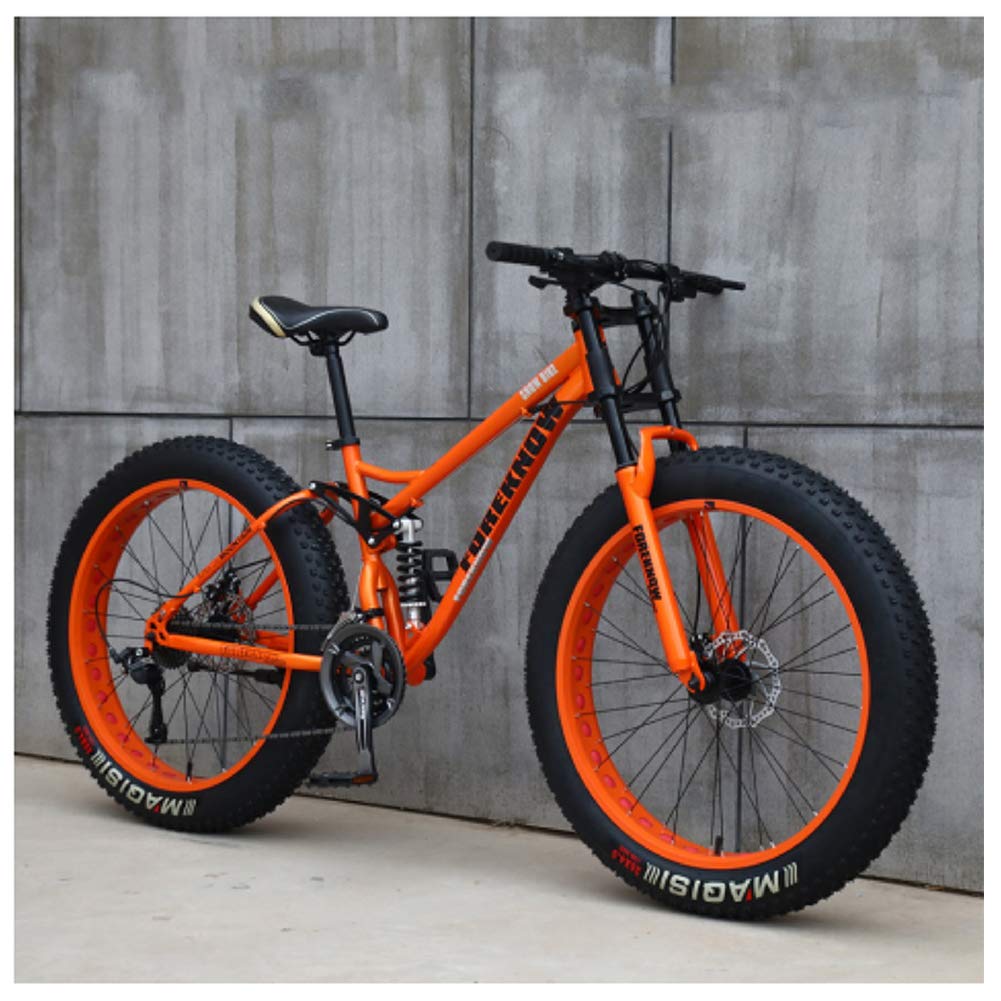I. Understanding the Logistics of Shipping a Bicycle

A. Choosing the Right Shipping Method
How to ship a bicycle? When it comes to shipping a bicycle, there are a few different options to consider. The most common methods include shipping via a parcel delivery service, using a specialized bicycle shipping company, or taking advantage of the services offered by a bike shop. Each method has its pros and cons, so it’s important to weigh them carefully before making a decision.
Parcel delivery services like UPS, FedEx, and DHL offer convenient, door-to-door shipping for bicycles. However, you’ll need to properly package your bike to meet their shipping guidelines, and you may also need to drop it off at a service center or arrange for it to be picked up. Specialized bicycle shipping companies, on the other hand, offer dedicated bike shipping services and may provide added convenience and expertise in handling bicycles. Lastly, some bike shops offer bike shipping as a service, which can be a convenient option if you’re purchasing a bike from out of town or need to ship it for repairs or servicing.
B. Packaging and Preparation
Proper packaging is crucial when shipping a bicycle to ensure it arrives at its destination without damage. Before packaging your bike, it’s important to clean and inspect it for any existing damage or issues. Remove any accessories or loose items from the bike, such as water bottles, saddlebags, and lights, and consider taking photos of the bike for reference.
When it comes to packaging your bike, there are a few key steps to follow. First, you’ll need to remove the front wheel and secure it to the frame. You may also need to remove the pedals, handlebars, and saddle, depending on the size of the shipping box or case. Use padding and bubble wrap to protect delicate parts of the bike, such as the frame, fork, and derailleur, and secure everything in place to prevent movement and damage during transit.
Once your bike is properly packaged, it’s important to choose the right shipping insurance and tracking options to give you peace of mind during transit. This may include purchasing additional insurance for high-value bikes and choosing a shipping method that offers real-time tracking and delivery notifications.
II. Selecting the Proper Packing Materials
A. Essential Tools and Materials
- Bike box or case: The first essential tool for packing a bicycle is a proper bike box or case. These can be purchased from bike shops or online retailers and are designed specifically for shipping or traveling with a bicycle.
- Bubble wrap and packing paper: Bubble wrap and packing paper are crucial for protecting the delicate components of the bicycle, such as the derailleur, brakes, and handlebars, from damage during transit.
- Foam tubing or pipe insulation: Foam tubing or pipe insulation can be used to protect the frame and forks of the bicycle from scratches and dings.
- Zip ties and tape: Zip ties and tape are essential for securing various parts of the bicycle, such as the wheels and handlebars, in place during transit.
- Padding material: Additional padding material, such as foam or packing peanuts, can be used to fill any empty spaces in the box and provide further protection for the bicycle.
B. Safeguarding the Bicycle Frame and Components

- Remove and secure the handlebars: Start by removing the handlebars from the stem and securing them to the frame or fork using zip ties. This will prevent them from moving around and potentially causing damage during transit.
- Protect the frame and forks: Use foam tubing or pipe insulation to cover the frame and forks of the bicycle, providing a layer of protection against scratches and dings.
- Remove and pad the wheels: Remove the wheels from the frame and place them in wheel bags or wrap them in bubble wrap to protect them from damage. Use additional padding material to fill any empty spaces in the wheel bags and provide further protection.
- Secure the pedals and derailleur: Remove the pedals from the crank arms and wrap them in bubble wrap, securing them with tape. Use bubble wrap and packing paper to protect the derailleur and secure it in place with zip ties.
- Pack the bike box or case: Carefully place the frame, wheels, and other components in the bike box or case, using additional padding material to fill any empty spaces and provide extra protection. Secure all the parts in place with zip ties and tape to prevent them from moving during transit.
- Label the box: Finally, label the bike box or case with important information, such as “Fragile” or “This Side Up,” to ensure that it is handled with care during shipping.
III. Tips for Disassembling and Packing the Bicycle
A. Removing and Securing Components
When preparing a bicycle for shipping, it’s essential to dismantle and secure various components to ensure a safe and secure transit. This involves removing the wheels, pedals, handlebars, and other detachable parts. Securely pack these components to prevent damage during transit, using appropriate padding, zip ties, and other protective materials to keep them stable and protected.
B. Ensuring Stability and Protection
Ensuring the stability and protection of your disassembled bicycle is paramount for a successful shipment. Properly securing the frame within the packaging, immobilizing moving parts, and adding extra layers of padding will help prevent any shifting, impacts, or scratches during transportation. By paying attention to the placement of components and using stabilizing materials, you can safeguard your bicycle from potential damage throughout the shipping process.
IV. Shipping Documentation and Regulations

A. Understanding Shipping Labels and Handling Instructions
Properly labeling your bicycle shipment is crucial for its safe and efficient transport. Understanding shipping labels and handling instructions ensures that your package is correctly identified, handled, and delivered. It’s essential to include clear and detailed labels, such as “Fragile” or “This Side Up,” to communicate handling requirements to shipping personnel and minimize the risk of mishandling during transit.
B. Addressing Legal and Regulatory Requirements
Shipping a bicycle involves complying with legal and regulatory requirements, especially when shipping internationally or across state lines. It’s important to be aware of customs regulations, export/import laws, and shipping restrictions that may impact the transportation of bicycles. Ensuring that all necessary documentation, such as customs forms and permits, is in order will help streamline the shipping process and prevent delays or complications.
V. Choosing a Reliable Shipping Carrier
A. Evaluating Shipping Options and Services
When choosing a shipping carrier, it’s important to consider the specific needs of your business. Different carriers offer various services, such as overnight delivery, international shipping, and package tracking. Start by evaluating the shipping options and services provided by different carriers to determine which one meets your business requirements. Consider factors such as shipping speed, delivery reliability, and cost.
Researching customer reviews and ratings can also provide valuable insights into the quality of service offered by a shipping carrier. Look for feedback on delivery times, handling of packages, and customer support. Additionally, consider the geographical coverage of each carrier to ensure they can deliver to your target markets.
It’s also essential to assess the carrier’s capabilities for handling special shipment requirements, such as fragile items, perishable goods, or hazardous materials. Some carriers may have specific expertise or equipment for handling specialized shipments, so take this into account when making your decision.
B. Securing Insurance and Tracking
Once you’ve selected a shipping carrier, it’s essential to secure insurance for your shipments. While carriers take precautions to protect packages, accidents and unforeseen circumstances can still occur during transit. Shipping insurance provides financial protection in the event of lost, damaged, or stolen goods, giving you peace of mind and protecting your business from potential losses.
In addition to insurance, package tracking is a crucial feature to look for when choosing a shipping carrier. Tracking allows you and your customers to monitor the progress of a shipment in real-time, providing visibility and transparency throughout the delivery process. This not only helps to prevent lost packages but also gives you the opportunity to address any issues or delays proactively.
When securing insurance and tracking for your shipments, be sure to understand the coverage limits and any exclusions that may apply. Different carriers offer varying levels of insurance coverage, so it’s important to choose a carrier that can meet your specific insurance needs.
